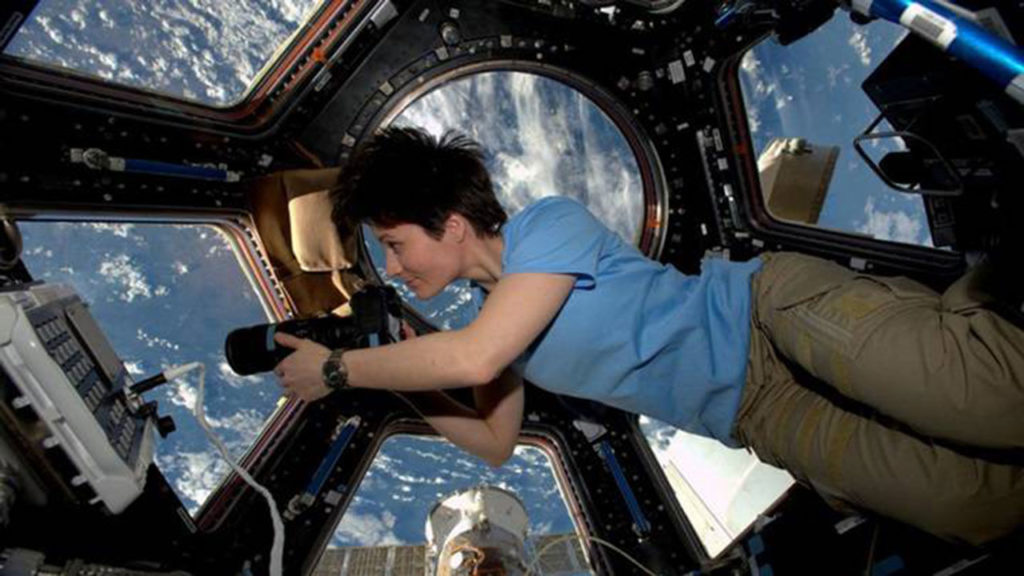As if the hassles and troubles of getting your period on Earth weren’t enough, here’s another question you can think on:
What do female astronauts do when they get their periods in space?
But before we answer that question, let’s ask another one. Are periods in space really that different from periods on Earth?
The answer to that is no. Periods in space and on Earth are same and the microgravity causes no such issue with the flow.
Earlier it was considered that due to lack of gravity in space, the blood flow would travel upwards inside the body instead of outside and cause endometriosis or peritonitis.
In 1983, Sally Kristen Ride became the first US woman to exit Earth’s atmosphere and she was asked many questions about her menstrual cycle.
In 2002, Sally gave an interview and said,”I remember the engineers trying to decide how many tampons should fly on a one-week flight; engineers have asked: Is 100 the right number?” To which she has replied, “No. That would not be the right number.”
But the problem continued because the disposal of tampons was again an issue. And to solve this, the “menstruation suppression” tablets were made.
Medically induced amenorrhea (abnormal absence of menstruation) is simulated by continuous and prolonged used of combined oral contraceptive pills and medicines. LARCs (Long-acting reversible contraceptives) are safe and reliable, though not as extensively used by female astronauts.
Space gynecologist Varsha Jain and space pharmacologist Virginia Wotring came up with their analysis on periods in space that was published in the journal npj Microgravity.
They said, “Periods 250 miles above the Earth aren’t so different from ones on the ground, but women astronauts still need up-to-date information about the options available to them just as women on Earth do.”
And according to their findings, female astronauts take daily contraceptive pills before and after space flight and don’t take the placebo pills for menstrual suppression.
Medically induced amenorrhea is achieved through therapeutic devices like LNG-IUD (levonorgestrel intrauterine device) or combined oral contraceptives that act on all parts of the cycle affecting it completely. During regular cycles, actively 212 COC pills are taken followed by 7 placebo pills during which time a withdrawal bleed occurs. Medically induced amenorrhea would include the delay or suppression of this withdrawal bleed.
But menstruating astronauts are not really that big an issue. According to a 2004 article in the Journal of Men’s Health and Gender, internal medicine specialist and space expert William Rowe said that taking an all-female crew for a space mission would be a lot better, his reasons being these:
- Menstruation rids the body of iron. That’s a good thing because space flight can reduce one’s production of a protein that normally sops up excess iron, and “increased free iron can be extremely toxic.”
- Women produce a lot more estrogen than men, and they also have lower epinephrine levels. For reasons we needn’t get into, these factors reduce the likelihood of heart attacks and other cardiovascular problems while in space.
- Some of the Apollo 15 astronauts experienced pain and swelling of their fingertips while on the surface of the moon. Rowe hypothesizes that this is less likely to happen to women because “estrogen reduces vascular smooth muscle tone.”
So that’s how much effort it takes to handle periods in space, but in the end, women would be a better choice even for space missions.
News Sources: Nature.com, Gizmodo
Cover Image Source
